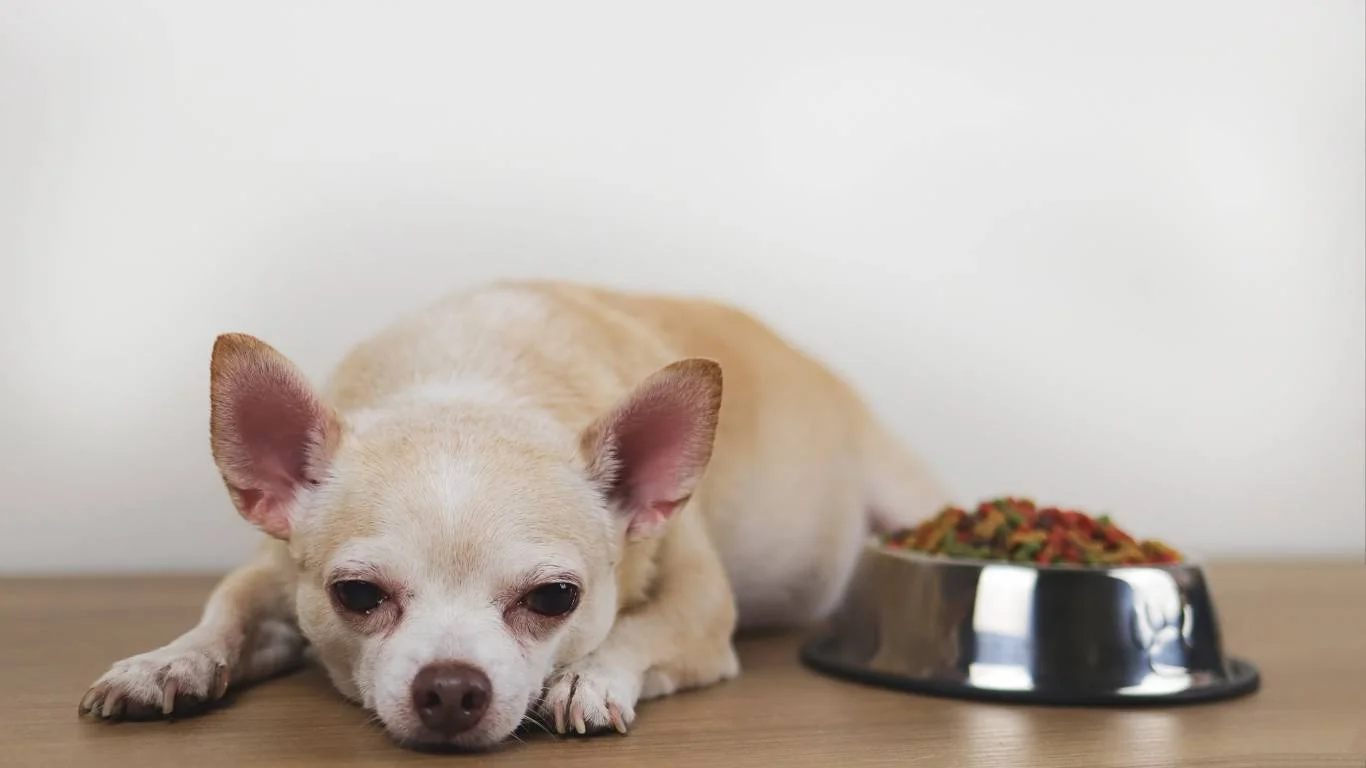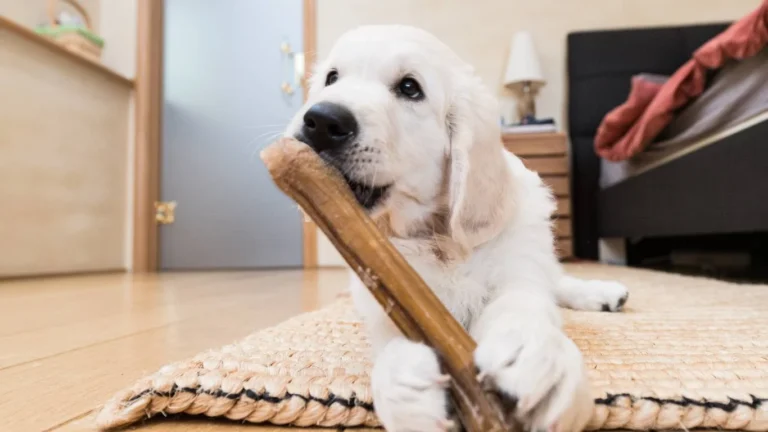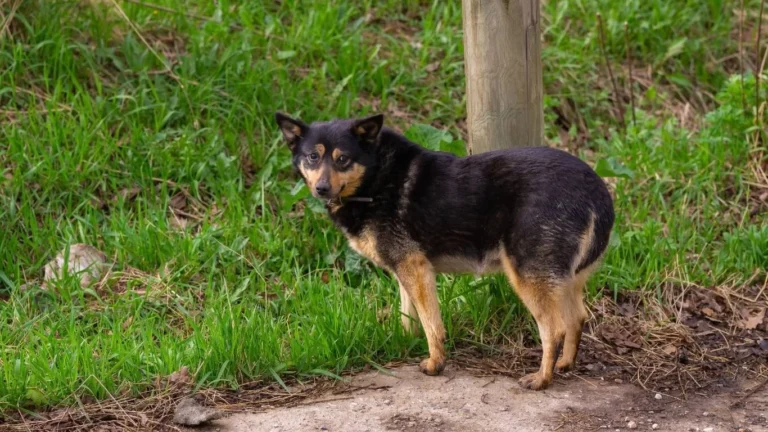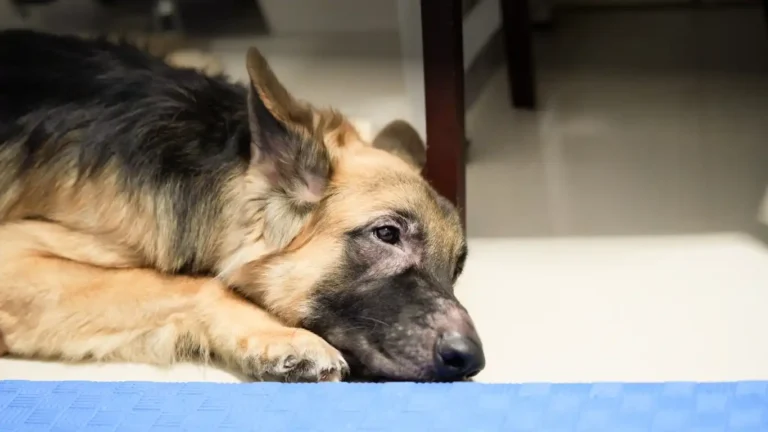Why Does My Dog Suddenly Refuse to Eat? 5 Common Causes & Fixes
If you’ve ever found yourself Googling “Why does my dog suddenly refuse to eat?”, trust me—you’re not alone. I’ve been there, both as a pet parent and as a Veterinary Assistant with a focus on nutrition. One day your pup is scarfing down their breakfast like it’s their last meal, and the next, they’re turning their nose up at their favorite kibble like it’s yesterday’s trash. It can be stressful and confusing. I know how fast our minds jump to the worst-case scenarios, but hold up—there are a bunch of reasons this can happen, and not all of them are scary. Let’s walk through it together.
Common Reasons Dogs Suddenly Stop Eating
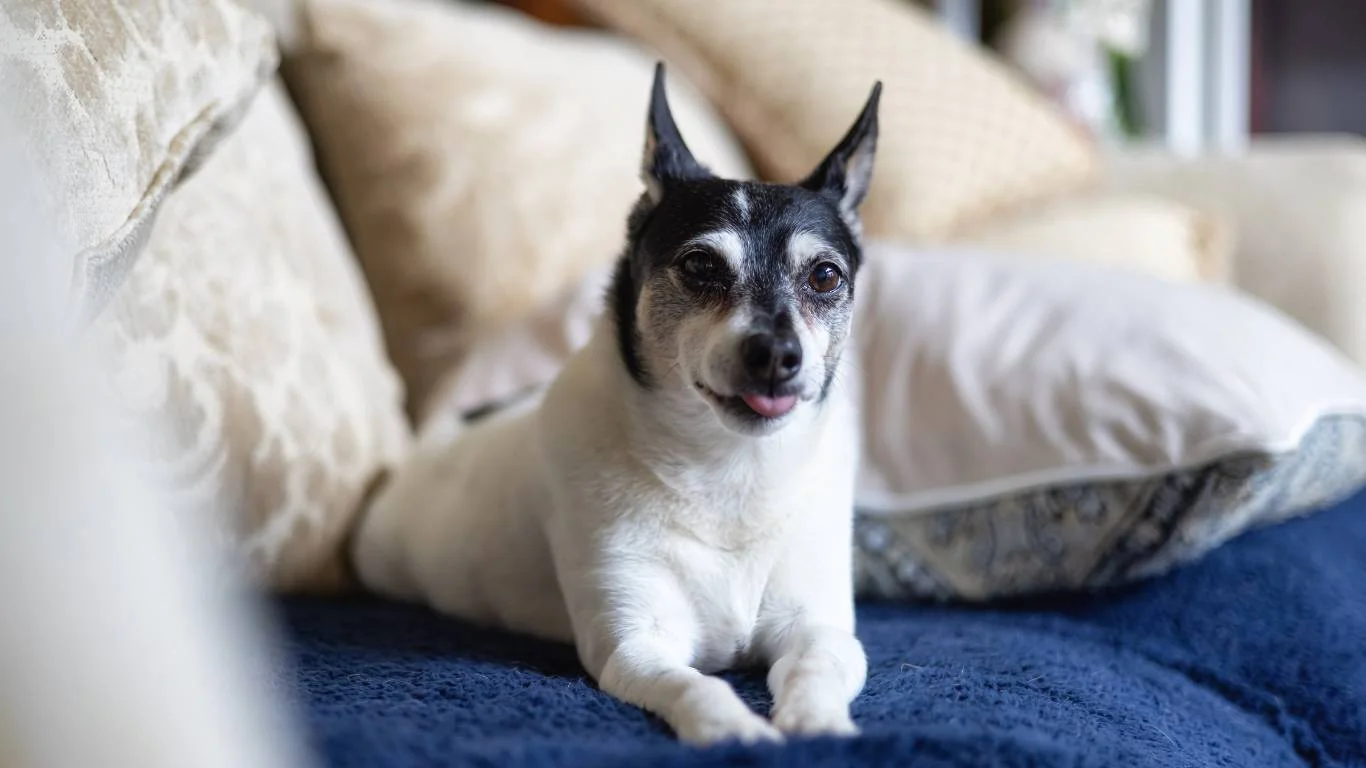
1. Dental Pain and Mouth Issues
One of the first things I check when a dog skips meals at the clinic? Their mouth. Dental pain is a silent culprit that often flies under the radar. Imagine trying to chew with a cracked tooth or inflamed gums—yeah, no thanks. Dogs can’t tell us they’ve got a toothache, but they sure show it in their appetite.
During my time assisting with wellness checks, I saw this more times than I can count. From hidden abscesses to fractured teeth, it’s not uncommon for picky eating to actually be a cry for help from inside their mouth.
2. Sudden Dietary Changes
This one’s a classic. Did you recently switch foods? Even if you’re going from one high-quality brand to another, a sudden shift can upset their tummy or just turn them off. Dogs are creatures of habit. That new salmon and sweet potato mix might sound fancy, but your pup might be longing for their old chicken formula.
In the clinic, I always recommend transitioning food over 7–10 days. Mix in the new food gradually, increasing the portion each day until it’s a full switch. If your dog’s gone cold turkey onto something new, that could be your answer right there.
3. Stress and Anxiety
Dogs pick up on a lot more than we give them credit for. New baby in the house? Moved to a new apartment? Even rearranging furniture can throw some dogs off their groove. I once had a sweet Lab named Max who stopped eating for two days after his favorite couch got replaced. No joke.
Stress-induced appetite loss is real. Some signs that anxiety might be behind the food refusal include:
- Pacing or whining near mealtimes
- Hiding or acting more withdrawn than usual
- Changes in bathroom habits
4. Illness or Digestive Trouble
Let’s get real: appetite changes can also be your dog’s way of saying, “Hey, I’m not feeling so hot.” This could be anything from a mild tummy upset to something more serious like pancreatitis, kidney issues, or even infections. One case I remember vividly involved a senior Dachshund who just stopped eating out of the blue. Bloodwork later showed early kidney disease that we thankfully caught in time because the owner acted quickly.
If your dog is also throwing up, having diarrhea, seems lethargic, or just “off,” don’t wait. A vet check is always the right call in these cases.
When Refusing Food Isn’t an Emergency (But Still Needs Attention)
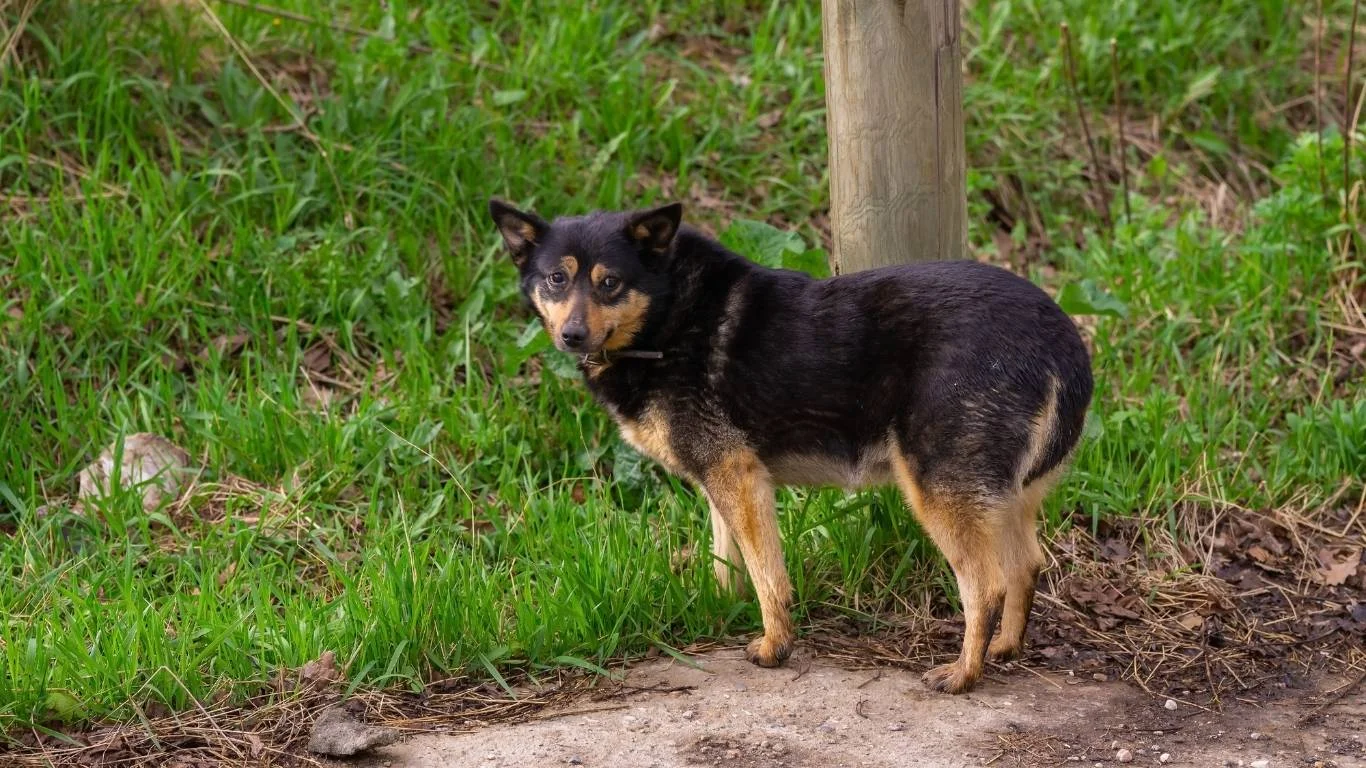
1. Boredom With Food
This one is more common than people think. Just like us, dogs can get bored eating the same thing day in and day out. I had a pup client named Daisy, a Shih Tzu with a diva streak, who would go on mini hunger strikes unless her food was lightly warmed or topped with a sprinkle of freeze-dried liver. Dramatic? Yes. But it worked.
Some ways to reignite interest include:
- Adding a spoonful of low-sodium bone broth
- Warming up wet food slightly
- Rotating safe toppers (chat with your vet first!)
2. Overfeeding Treats or Table Scraps
This one’s on us, honestly. If we’re handing out treats like Oprah gives out cars—”You get a biscuit! And you get a biscuit!”—your dog might be full by dinner. Or worse, they’re holding out for the good stuff. Dogs are smart. If they learn that skipping kibble = getting chicken from your plate later, guess what they’ll keep doing?
I usually recommend the 10% rule for treats: make sure snacks and extras make up no more than 10% of their daily calories. Keep mealtimes structured, and don’t cave to those puppy-dog eyes too fast (I know, it’s hard).
Medical Red Flags: When to Call the Vet

1. Skipping More Than One Meal
Sure, one skipped meal might just be a fluke. But if your dog’s skipped more than 24 hours of eating, especially if they’re a puppy, senior, or have existing health issues, it’s time to call your vet. Puppies, for example, can’t go long without food before their blood sugar dips dangerously low.
2. Accompanying Symptoms
If the food refusal comes with vomiting, diarrhea, noticeable weight loss, or visible discomfort—get that checked out ASAP. These could point to more serious conditions that need immediate attention.
3. You Just Know Something’s Off
Look, you know your dog better than anyone. That gut feeling? Trust it. I’ve seen countless pet parents come in saying, “I just know something’s wrong,” and they were right. Don’t second-guess yourself when your pup’s health is on the line.
Behavioral Shifts That Might Explain Why Your Dog Suddenly Refuses to Eat
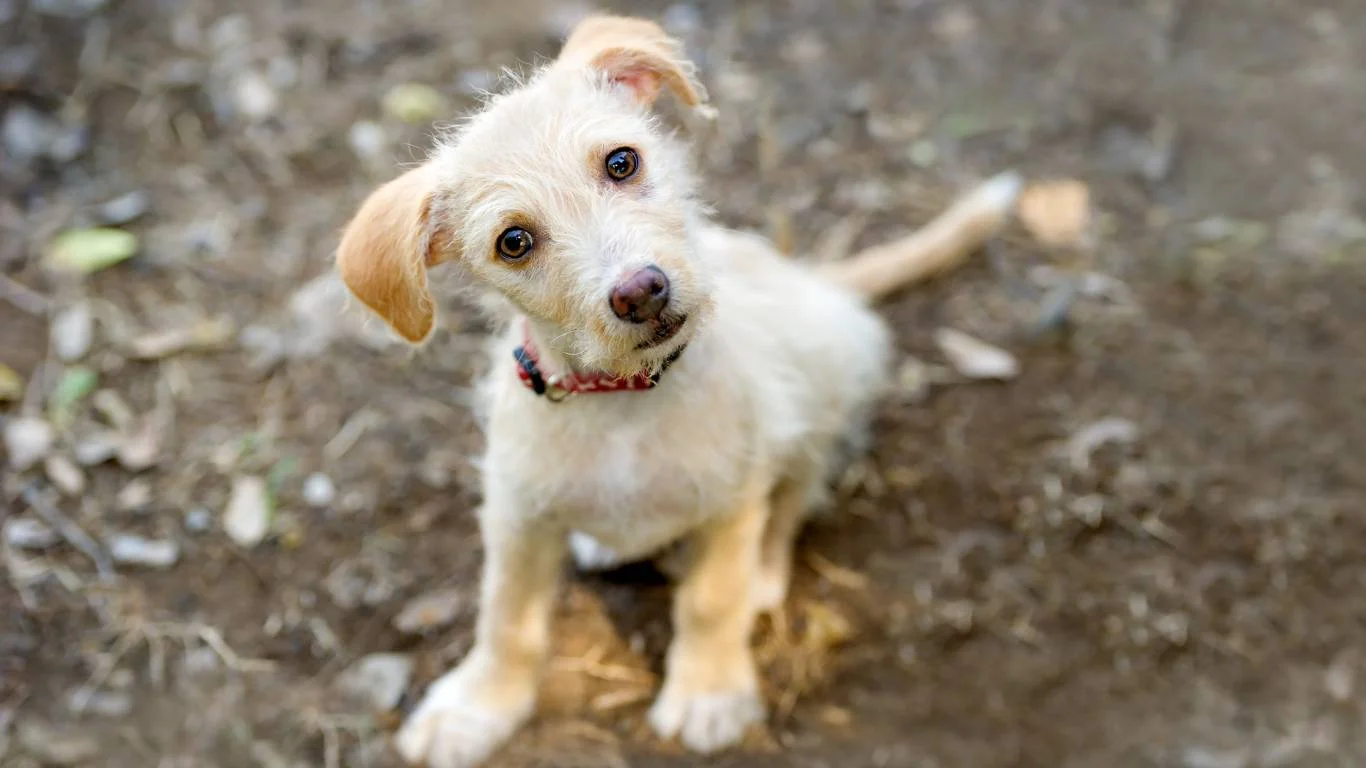
1. Routine Disruptions
Dogs are all about that predictable lifestyle. When their daily routine gets flipped on its head—even just a little—it can mess with their appetite. Think about things like time changes, someone new moving into the house, or even a change in your own schedule. One client of mine had a Boxer named Leo who stopped eating breakfast once his owner started working night shifts. It threw off his rhythm completely.
If you’re wondering “Why does my dog suddenly refuse to eat?”, take a look at what’s changed lately. Even minor shifts can have a bigger impact than we realize.
2. Boredom vs. Independence
Not every dog is food-motivated. I’ve met quite a few pups who’d rather play than eat, especially in multi-dog homes where meal times get a little chaotic. Some dogs just don’t like the pressure, or they might be the type that likes to graze at their own pace. I’ve had clients tell me their dog will only eat once everyone’s left the room—little introverts, I swear!
If your dog seems fine otherwise—happy, active, alert—they might just be flexing a little independence around food. That’s not always bad, but it’s something to watch and manage.
3. Previous Negative Associations
This one’s a bit more subtle but really important. Dogs can make associations between meals and unpleasant experiences. If they ate something that upset their stomach once, they might avoid the same food (or even the same bowl!) like the plague after that.
I remember a case where a dog had been given meds hidden in their wet food for weeks. Eventually, she just refused to touch that type of food altogether. That kind of food aversion is very real and takes some creative strategies to overcome.
Practical Tips to Encourage Your Dog to Eat Again

1. Start with a Vet Visit
First things first—rule out anything medical. Always. It’s the number one piece of advice I give when someone asks about appetite issues. Sometimes we assume it’s something minor, but there could be an underlying condition like liver disease or even pain from arthritis that’s making eating uncomfortable.
Once the health stuff is cleared, then it’s time to explore the behavioral and nutritional side of things. That’s where it gets more hands-on and honestly, a little fun (if you like experimenting).
2. Enhance the Mealtime Experience
Yep, mealtime can totally be zhuzhed up. Try adding a bit of variety or warmth to your dog’s food. A few ideas I’ve recommended over the years that really work:
- Warm up wet food slightly to release aroma
- Add safe toppers like pumpkin, boiled chicken, or a little shredded cheese
- Switch up bowls—yes, the container matters more than you think!
Oh, and elevated bowls can help, especially for older pups with neck or spine issues. You’d be surprised how a little comfort tweak can change everything.
3. Ditch Free Feeding
If your dog has access to food all day, they might just be grazing out of boredom—or ignoring it altogether. Switching to structured meal times helps reframe eating as an “event” rather than just background noise. I usually recommend giving food for 15–20 minutes. If they don’t eat, take it away and try again later. It helps build a sense of urgency without being harsh.
4. Make Mealtime Fun Again
This works especially well for food-motivated but easily distracted dogs. Puzzle feeders, snuffle mats, or even scattering kibble around the yard can turn dinner into a game. I had a young Australian Shepherd patient who totally stopped eating from her bowl, but when we hid kibble in cardboard boxes or towel rolls, she couldn’t get enough.
Understanding Breed-Specific Quirks

1. Small Breeds, Big Opinions
Let’s be honest—small dogs can be total food snobs. Breeds like Yorkies, Maltese, and Chihuahuas tend to be a little more selective. I’m not saying they’re high-maintenance, but… okay, maybe just a bit. Often, they prefer soft textures or specific flavors and will flat-out boycott food they’re not vibing with.
But be careful not to fall into the trap of constantly switching foods. Consistency matters too. The trick is finding something they like and then sticking to a routine with occasional fun add-ins.
2. Working Dogs and High-Energy Breeds
Here’s a fun twist—some high-energy breeds like Border Collies, Huskies, and German Shepherds may actually have lower appetites when not mentally stimulated. I’ve seen dogs skip meals simply because they’re bored or under-exercised. Mental fatigue affects eating habits too.
Try upping their enrichment time—more walks, more training games, more sniffing adventures—and you might see their appetite bounce right back.
3. Senior Dogs and Appetite Decline
As dogs age, their senses dull and their digestive system slows down. They might not smell their food as strongly, or it just might not appeal to them the same way it used to. That’s where texture, temperature, and even flavor rotation can help. I’ve had great results with senior-specific diets or adding omega-rich oils to boost palatability and support joint health at the same time.
Nutrition Matters More Than You Think

1. Check the Ingredient List
When someone tells me their dog won’t eat a certain brand, one of the first things I do is pull up the ingredient list. A lot of “premium” foods still sneak in unnecessary fillers, preservatives, or protein sources that don’t agree with every dog. Keep an eye out for things like:
- Unidentified “meat by-products”
- Artificial flavors or dyes
- Too much corn or wheat (which can be hard on sensitive stomachs)
2. Consider Food Sensitivities or Allergies
Yep, dogs can have food allergies too—beef, dairy, chicken, wheat… even fish in some cases. The symptoms don’t always show up as itchy skin. Sometimes it’s as subtle as appetite loss, bloating, or soft stools. If your dog consistently avoids a certain type of food or flavor, it might not be pickiness—it could be discomfort.
I’ve worked with plenty of clients to run food elimination trials or shift to hydrolyzed protein diets with amazing results. If your vet suspects a food sensitivity, it’s worth exploring.
What to Do When Your Dog Still Won’t Eat
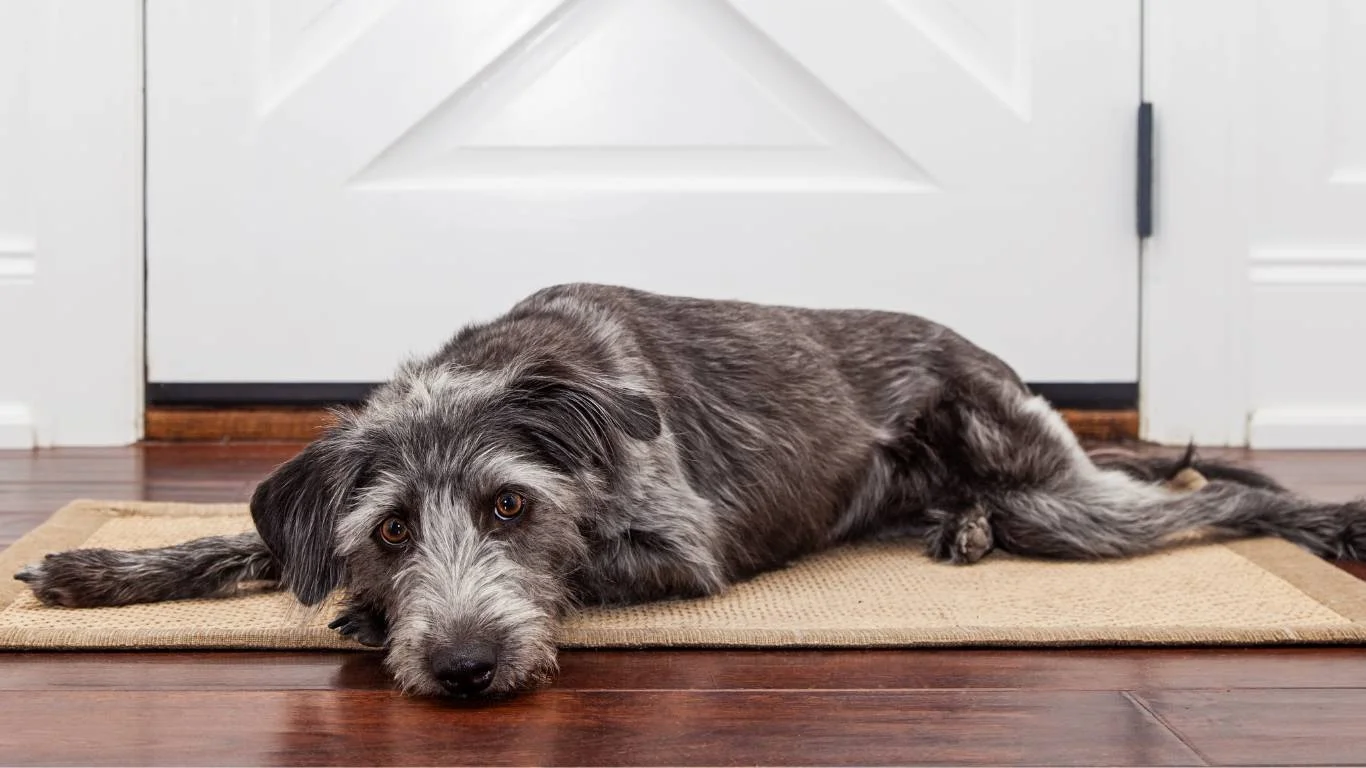
1. Keep a Food Journal
When a pup’s eating habits suddenly change, I always suggest starting a food journal. Yep, old-school pen and paper (or your Notes app if you’re fancy). Jot down what they eat, when, how much, and any changes in behavior, energy, or bathroom habits. Patterns pop up way faster than you’d expect.
This journal also becomes gold when talking with your vet. Trust me, having those details on hand saves time and helps your vet zero in on the root cause instead of playing guessing games. I’ve had cases where a journal helped pinpoint a subtle reaction to certain protein sources. It’s a simple step but super effective.
2. Re-Evaluate Their Feeding Environment
Sometimes it’s not the *what*, but the *where* and *how*. Try moving their bowl to a quieter space, away from foot traffic or loud appliances. You’d be surprised how many dogs are just overwhelmed by noise or chaos during meals—especially shy or rescue pups.
I once worked with a senior Beagle who stopped eating after a baby gate was installed near her feeding corner. Turns out, the sound it made when people walked by freaked her out just enough to ruin mealtime. We moved her bowl, added a little white noise, and boom—problem solved.
3. Get Creative with Feeding Tools
If your dog sees eating as boring or stressful, interactive tools can help shift that mindset. Some of my go-tos include:
- Slow feeders (for the speed-eaters or anxious types)
- Kongs stuffed with food and frozen for extra challenge
- Snuffle mats or food puzzles for mental enrichment
It turns a “meh” meal into a mini-adventure. Plus, it’s a nice way to keep them mentally stimulated—especially useful for high-energy breeds or dogs stuck inside due to weather or recovery.
Training Tips for Picky or Anxious Eaters

1. Set the Mood
Yes, really. Dogs are emotional creatures. If there’s tension in the air—whether it’s an argument in the house, a nervous energy from you, or just a chaotic environment—it can rub off. I always recommend feeding during calm, predictable windows of the day. Your dog will start to anticipate mealtime as a positive routine.
Light calming music can help (classical works wonders), or even giving them a few minutes of gentle petting before offering food. You’re not spoiling them—you’re creating a safe, calm association with their meals.
2. Use Positive Reinforcement
If your dog refuses food but accepts treats, we’ve got a starting point. Break down the behavior. Offer a small treat, then immediately offer a piece of their kibble or meal. Praise like crazy when they take it. The idea is to recondition their brain to associate food with good stuff.
This is especially helpful with rescues or dogs who’ve had traumatic backgrounds. In one foster case, I worked with a pup who wouldn’t touch food unless it was hand-fed. Eventually, we transitioned her to bowl feeding with praise and persistence—and lots of boiled chicken rewards!
3. Gradually Rebuild Trust with the Bowl
If you suspect your dog has formed a negative association with their feeding space or dish, start fresh. New bowl, new spot, maybe even a new surface (mat under the bowl, for example). I’ve had clients switch to flat plates or lick mats with excellent results.
Sometimes a small environmental tweak is all it takes to snap them out of their refusal streak.
Preventing Future Eating Issues
1. Stick to Consistency—But With Wiggle Room
Dogs thrive on routine. Feed at the same time daily, but don’t be afraid to keep things interesting within that routine. Rotating safe food toppers weekly, using interactive feeders once in a while, and offering chew toys in between meals can help keep boredom at bay.
Think of it like meal prepping for a toddler—you want to keep the structure, but add enough variety to keep them coming back for more.
2. Regular Vet and Nutrition Checks
Make nutritional check-ins part of your regular wellness routine. Bring it up during vet visits—even if everything seems fine. Sometimes nutrient deficiencies or imbalances sneak up slowly, especially with certain home-cooked or boutique diets. A vet or certified canine nutritionist can help guide adjustments.
And don’t forget: PetMD and AKC are great places to research feeding plans or ingredient safety if you’re unsure about a new food or trend.
3. Keep Stress Low, Love High
At the end of the day, our dogs take so many cues from us. Keep your own stress in check, offer calm encouragement, and resist the urge to panic if they skip a meal. Trust me, I’ve been there—hovering over the bowl, Googling symptoms, wondering if I’m doing something wrong. Most of the time, the fix is way simpler than it feels in the moment.
Give yourself some grace, give your pup a little space, and don’t hesitate to reach out for help when needed.
References
Disclaimer
This article is based on personal experience as a Veterinary Assistant with a focus on pet nutrition, combined with current veterinary knowledge and expert recommendations. However, it is not a substitute for professional veterinary advice. Always consult your veterinarian for diagnosis and treatment of any medical conditions or concerns related to your dog’s eating behavior.
